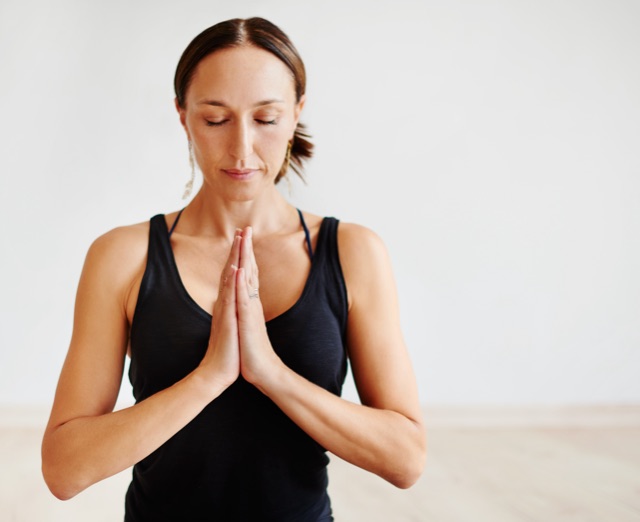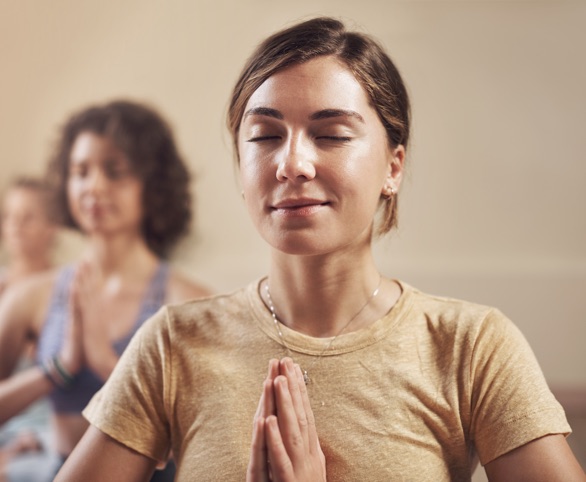Yoga is often associated with flexibility, relaxation, and inner peace. However, it’s also a powerful tool for building physical strength. Beyond the soothing asanas and deep breaths lies an opportunity to challenge your muscles, enhance your endurance, and create a balanced body that feels both powerful and agile. In this article, we’ll explore how you can leverage your yoga practice to cultivate strength, improve muscle tone, and transform your body in a holistic way.
Understanding Strength Building in Yoga
When we think of strength training, traditional weightlifting and intense gym sessions often come to mind. However, yoga provides a different approach to strength building. While it might not involve lifting heavy weights, it engages muscles through bodyweight exercises and dynamic movements. Yoga focuses on functional strength, which means you’re not just building muscles for show but also for practical, everyday activities.
Connection between Yoga and Muscle Strength
Yoga postures require you to support your body weight, leading to muscle engagement and activation. As you hold poses like Plank, Chaturanga, or Warrior II, your muscles work together to maintain stability and balance. Over time, this consistent engagement leads to muscle growth and increased strength.
Types of Strength Developed through Yoga
Yoga practice targets various types of strength, including muscular endurance, flexibility, and balance. These different forms of strength complement each other, creating a well-rounded physique that’s not only strong but also functional. Whether you’re holding a balancing pose or flowing through a dynamic sequence, your muscles are constantly challenged in unique ways.
Stay tuned for more on how to effectively integrate yoga into your routine for optimal strength gains.
Key Poses for Building Strength
To harness the strength-building potential of yoga, certain poses deserve a special place in your practice. These poses target different muscle groups and offer a comprehensive approach to developing your physical prowess.
Standing Poses for Lower Body Strength
Standing poses are excellent for cultivating lower body strength. Poses like Warrior I, Warrior II, and Warrior III engage your leg muscles, helping you build stability and power. As you hold these poses, focus on grounding through your feet and activating your quadriceps and glutes. Gradually, you’ll notice increased strength in your legs, enhancing your overall physical performance.
Warrior Poses and Their Variations
Warrior I, II, and III poses are staples in yoga for strength. Warrior I emphasizes hip flexibility and thigh strength. Warrior II engages your inner thighs, while Warrior III challenges your balance and works on your hamstrings and glutes.
Core Strengthening Poses
A strong core is essential for a stable and well-supported body. Many yoga poses naturally engage your core muscles, helping you build strength in this crucial area.
Plank Variations for a Strong Core
Plank pose and its variations are exceptional for strengthening your core muscles. From traditional Plank to Side Plank and Forearm Plank, these poses challenge your abdominal muscles, obliques, and lower back. Holding these poses not only builds strength but also enhances your core stability.
Boat Pose and Its Benefits
Boat pose is another fantastic way to target your core muscles. As you balance on your sitting bones and lift your legs, you engage your abdominals and hip flexors. Boat pose also improves your hip flexibility and strengthens your spine, contributing to a strong and resilient core.
Building Arm and Shoulder Strength through Inversions
Inversions like Handstand, Headstand, and Forearm Stand require significant arm and shoulder strength. Supporting your body weight in these poses helps you develop muscular endurance in your upper body. Additionally, these inversions improve blood circulation, which can have positive effects on your overall well-being.
Headstand and Handstand Preparations
Inversions can be challenging, especially for beginners. Practice preparatory poses like Downward Dog, Dolphin Pose, and Wall-Assisted Handstand to gradually build the strength and confidence needed for full inversions.
Stay tuned for the next section, where we explore the connection between breath and strength in your yoga practice.
Your yoga practice has the potential to be a powerful ally in your journey towards greater strength. By combining breath awareness, progressive overload, mindfulness, and balanced nutrition, you can build a foundation of physical and mental resilience that serves you in all aspects of life. Remember, strength is not just about the muscles; it’s about the harmony between body, mind, and soul that yoga encourages.



